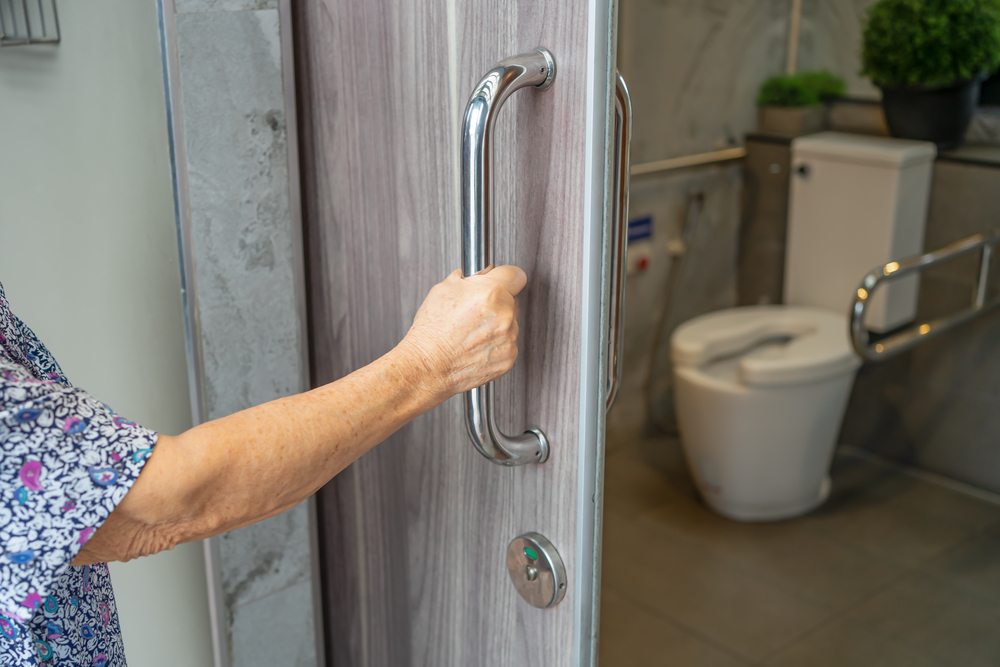The importance of designing elderly friendly walkways cannot be overstated. As our loved ones age, ensuring their safety becomes a priority, especially in areas they frequent daily. Walkways are crucial because they are used for everyday movement. A well-designed walkway can significantly reduce the risk of falls and injuries, providing peace of mind for family caregivers and independence for seniors.
In this article, we will explore the key features and benefits of creating elderly friendly walkways, offering practical solutions to enhance safety and accessibility for seniors.

Why Are Elderly Friendly Walkways Important?
As people age, their mobility often decreases. This can make navigating uneven or slippery surfaces challenging. Elderly friendly walkways are designed to minimize these risks, ensuring that seniors can move around safely and comfortably. Additionally, these walkways can help seniors maintain their independence, allowing them to carry out daily activities without assistance.
Key Features of Elderly Friendly Walkways
Designing a safe and accessible walkway requires attention to detail. Here are some key features to consider:
- Non-slip surfaces: Choose materials that provide good traction, even when wet. This is crucial in preventing falls.
- Even surfaces: Ensure walkways are free of cracks, bumps, or uneven surfaces that could pose tripping hazards.
- Clear pathways: Keep walkways free of obstacles and clutter to allow easy navigation.
- Appropriate lighting: Adequate lighting is essential for visibility, especially during the evening or in dimly lit areas.
Materials for Elderly Friendly Walkways
The choice of materials is vital in creating a safe walkway for seniors. Here are some recommended materials:
Concrete
Concrete is a popular choice for elderly friendly walkways due to its durability and slip-resistant properties. It is also relatively low maintenance, making it an ideal option for areas that experience frequent use.
Rubber
Rubber surfaces provide excellent traction and cushioning, reducing the impact on joints. This material is particularly beneficial for seniors with arthritis or other joint-related issues.
Design Considerations for Elderly Friendly Walkways
When designing elderly friendly walkways, it’s essential to consider factors that enhance safety and accessibility:
Width and Slope
Ensure walkways are wide enough to accommodate mobility aids such as walkers or wheelchairs. Additionally, the slope should be gentle to prevent exertion or accidents.
Handrails
Installing handrails alongside walkways provides additional support for seniors, helping them maintain balance.
Enhancing Safety with Technology
Technology can play a significant role in enhancing the safety of elderly friendly walkways. Consider integrating the following:
Motion-Activated Lighting
Using motion-activated lights can ensure that walkways are well-lit when needed, conserving energy and enhancing safety.
Voice-Activated Assistance
Implementing voice-activated devices can provide seniors with immediate assistance if they encounter difficulties while using the walkway.
Maintaining Elderly Friendly Walkways
Regular maintenance is crucial in ensuring that elderly friendly walkways remain safe and functional. Here are some maintenance tips:
Regular Inspections
Conduct regular inspections to identify and address any potential hazards, such as cracks or loose materials.
Cleaning and Upkeep
Keep walkways clean and free of debris to prevent slips and falls. Regularly check for any maintenance needs, such as repainting or repairing damaged areas.
The Role of Family Caregivers
Family caregivers play a vital role in ensuring the safety of seniors. By being proactive and attentive, caregivers can help create an environment that supports seniors’ independence and well-being.
Home Renovation
Consider making home modifications to accommodate the needs of seniors. Check out home renovation tips specifically designed for the elderly to get started.
Conclusion
Creating elderly friendly walkways is an important step in ensuring the safety and comfort of seniors. By considering the design, materials, and maintenance of these walkways, caregivers can support the independence and well-being of their loved ones. For more information on aging in place and creating a safe home environment, explore additional resources.

FAQ
What materials are best for elderly friendly walkways?
Concrete and rubber are highly recommended due to their durability and slip-resistant properties.
How often should I inspect the walkways?
Regular inspections should be conducted at least once every season to ensure safety and address any maintenance needs.
Can technology enhance walkway safety?
Yes, using modern technology like motion-activated lighting and voice-activated devices can significantly enhance walkway safety.
This article contains affiliate links. We may earn a commission at no extra cost to you.






